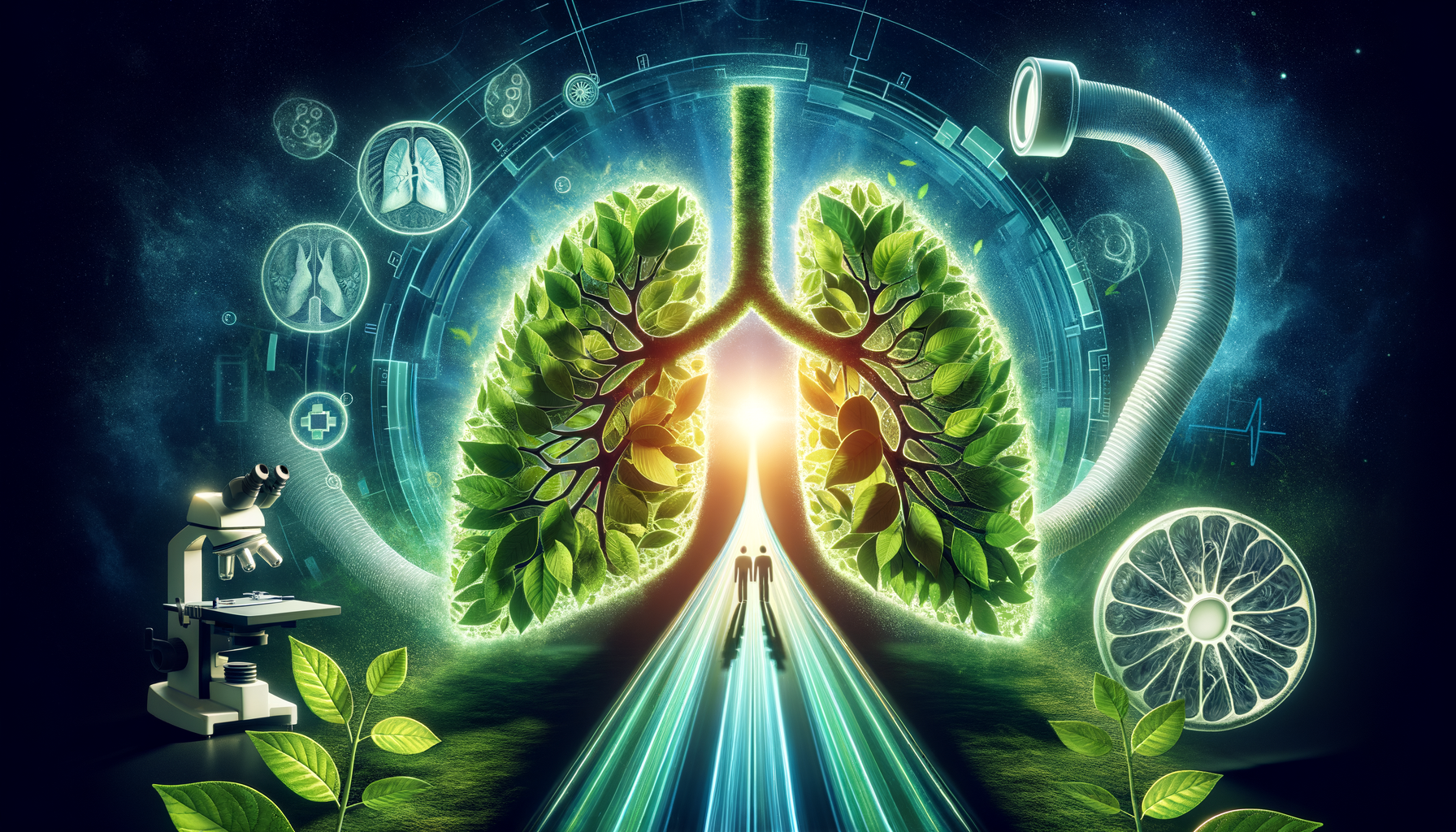
Understanding Lung Cancer Treatment: Pathways to Hope and Healing
Introduction to Lung Cancer Treatment
Lung cancer remains one of the most prevalent and challenging cancers to treat worldwide. With advancements in medical research and technology, there are now various treatment options available that offer hope and healing for patients. Understanding these treatments is crucial for patients, their families, and healthcare providers. This article delves into the different treatment modalities for lung cancer, aiming to provide comprehensive insights into how they work, their benefits, and potential side effects.
Surgery: A Traditional Yet Effective Approach
Surgery is often considered when lung cancer is detected at an early stage. The primary goal of surgical intervention is to remove the tumor and surrounding tissue to prevent the spread of cancer. There are several types of surgical procedures, including:
- Lobectomy: Removal of an entire lobe of the lung.
- Pneumonectomy: Removal of an entire lung.
- Segmentectomy or Wedge Resection: Removal of a part of a lobe.
Each procedure comes with its own set of risks and benefits. For instance, a lobectomy, which is the most common surgery for lung cancer, has a high success rate but also requires significant recovery time. On the other hand, a wedge resection might be less invasive but may not be suitable for larger tumors. Advances in minimally invasive techniques, such as video-assisted thoracoscopic surgery (VATS), have improved recovery times and reduced complications, making surgery a viable option for many patients.
Radiation Therapy: Targeting Cancer Cells
Radiation therapy uses high-energy rays to target and kill cancer cells. It is often used in conjunction with other treatments, such as surgery or chemotherapy, to enhance effectiveness. There are two main types of radiation therapy:
- External Beam Radiation Therapy (EBRT): Delivers radiation from outside the body, focusing on the cancerous area.
- Brachytherapy: Involves placing radioactive material directly inside or near the tumor.
Radiation therapy can be particularly effective for patients who are not candidates for surgery. It helps shrink tumors and alleviate symptoms such as pain and difficulty breathing. However, side effects like fatigue, skin irritation, and damage to surrounding tissues are common. Recent innovations in radiation therapy, such as stereotactic body radiotherapy (SBRT), have improved precision, allowing higher doses of radiation to be delivered with minimal impact on healthy tissue.
Chemotherapy: Systemic Treatment to Combat Cancer
Chemotherapy involves the use of drugs to destroy cancer cells. It is a systemic treatment, meaning it affects the entire body, and is used for both small cell and non-small cell lung cancer. Chemotherapy can be administered orally or intravenously and is often given in cycles to allow the body time to recover between treatments.
While chemotherapy is effective in reducing the size of tumors and preventing the spread of cancer, it can also lead to side effects such as nausea, hair loss, and increased susceptibility to infections. The choice of chemotherapy drugs and the regimen depend on several factors, including the type and stage of cancer, as well as the patient’s overall health. Research continues to focus on developing new chemotherapy agents that are more effective and have fewer side effects.
Targeted Therapy and Immunotherapy: The New Frontiers
Targeted therapy and immunotherapy represent the cutting-edge of lung cancer treatment. These therapies focus on specific characteristics of cancer cells or harness the body’s immune system to fight cancer.
Targeted Therapy: This approach involves drugs that target specific genes or proteins found in cancer cells. By interfering with these targets, the drugs can stop the growth and spread of cancer. Targeted therapies are often used for advanced lung cancer and can be more effective with fewer side effects compared to traditional chemotherapy.
Immunotherapy: This treatment helps the immune system recognize and attack cancer cells. Immunotherapy drugs, such as checkpoint inhibitors, have shown promise in treating lung cancer by unleashing the immune system’s potential to combat the disease. These therapies have opened new avenues for patients with advanced or resistant forms of lung cancer.
Both targeted therapy and immunotherapy are continually evolving, with ongoing research aimed at identifying new targets and improving patient outcomes. These treatments offer hope, especially for those who have not responded well to conventional therapies.
Conclusion: Navigating the Path to Recovery
Lung cancer treatment is a complex and evolving field, with numerous options available to patients. Each treatment has its own set of advantages and challenges, and the choice often depends on the specific circumstances of the patient. By staying informed about the latest developments and working closely with healthcare providers, patients can make informed decisions that align with their health goals. While the journey through lung cancer treatment can be daunting, advances in medical science continue to offer hope and improve the quality of life for many patients.